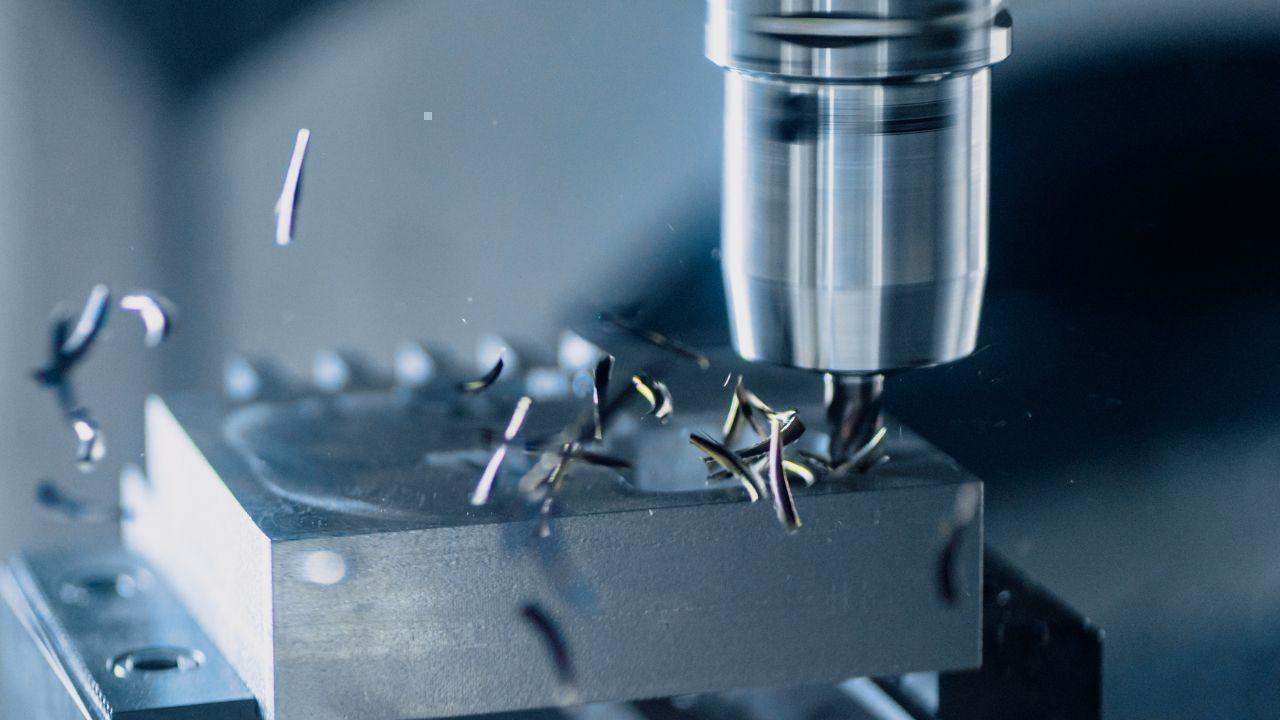
Post by : Meena Rani
The manufacturing industry is entering a new era. With smart tools and advanced technology, the way factories operate and produce goods is changing faster than ever before. The focus is no longer only on producing more but also on producing smarter. This transformation is not just about machines—it is about people, collaboration, innovation, and sustainability coming together to shape a brighter future for the industry.
Embracing Smart Technologies
One of the key drivers of this change is the adoption of smart technologies. Tools and machines that can think, analyze, and adapt are becoming standard in modern factories. These include automation systems, robotics, and artificial intelligence.
Automation allows repetitive tasks to be completed faster and more accurately than humans. This means fewer errors, less wasted material, and faster production times.
Robotics provides precision that was impossible decades ago. Robots can handle delicate tasks, lift heavy equipment, and operate continuously without fatigue.
Data Analytics and AI help manufacturers predict problems before they happen. Machines can monitor themselves, alert workers about maintenance needs, and adjust operations to improve performance.
By integrating these technologies, factories are becoming more efficient, producing higher-quality products while reducing waste and energy consumption.
Collaboration is Key
Smart manufacturing is not achieved by working alone. Companies, engineers, and technology providers are coming together to solve complex problems. This collaboration has several important benefits:
Sharing Knowledge: Experts from different fields bring new ideas and skills. By working together, companies can learn faster and avoid repeating mistakes.
Innovation Acceleration: Collaboration allows faster development of new technologies and tools. When multiple companies or research groups work together, innovation happens more quickly.
Practical Solutions: Combining real-world experience with advanced technology ensures solutions are effective and useful in actual manufacturing environments.
By fostering partnerships, the manufacturing sector is not just adopting new technologies—it is creating a culture of continuous improvement and learning.
Focus on Sustainability
Modern manufacturing is also focused on protecting the environment. Factories are no longer just places of production; they are now expected to operate responsibly and sustainably.
Reducing Energy Use: Smart tools and efficient machines consume less electricity. This helps factories lower costs and reduce pollution.
Minimizing Waste: Advanced production planning and precision machines reduce material waste. Less waste means lower costs and a smaller environmental footprint.
Sustainable Materials: Many manufacturers are switching to materials that are renewable or recyclable, ensuring that production is less harmful to the planet.
Efficiency and sustainability are linked. The smarter a factory operates, the less energy it wastes and the smaller its impact on the environment. This approach is not only responsible but also economically beneficial, as it lowers production costs and increases competitiveness.
Preparing a Skilled Workforce
Technology alone cannot transform manufacturing—it needs people who can operate and maintain it. With smart machines and AI becoming standard, workers must develop new skills.
Training Programs: Factories are investing in training programs to teach employees how to handle advanced machinery and use digital tools.
Upskilling Workers: As machines take over routine tasks, workers focus on problem-solving, creativity, and supervision. This shift requires new learning and adaptability.
Job Security: Skilled workers who understand new technology are more valuable, and they can help companies innovate and stay competitive.
By preparing a skilled workforce, manufacturers ensure that the transition to smart tools is smooth and that technology works alongside human talent effectively.
The Road Ahead for Smart Manufacturing
The future of smart tool manufacturing looks promising. Factories will continue to become more connected, automated, and intelligent. Technology will continue to evolve, and collaboration will remain essential.
Some trends to watch include:
Internet of Things (IoT): Machines connected to the internet will share data, allowing real-time monitoring and quick decision-making.
Predictive Maintenance: Machines will predict failures before they happen, avoiding costly downtime.
Sustainable Production Models: Factories will adopt circular economy principles, using materials more efficiently and recycling whenever possible.
Global Collaboration: Manufacturers worldwide will collaborate to develop solutions that work across borders and industries.
The combination of technology, collaboration, sustainability, and skilled workers ensures that the manufacturing industry will not only survive but thrive in the years ahead.
Why This Matters
Smart tool manufacturing is not just a technical upgrade—it is a transformation of how work is done. It improves product quality, reduces costs, protects the environment, and makes jobs safer and more interesting. By investing in technology, partnerships, and training, the industry is building a future that is more productive, sustainable, and innovative.
This transformation benefits everyone: companies can compete better, workers gain valuable skills, and society enjoys higher-quality products with less environmental impact. It is an exciting time for manufacturing, as the industry moves toward a smarter and more sustainable future.
Smart tool manufacturing, Industry 4.0, Automation, Robotics










Bengaluru-Mumbai Superfast Train Approved After 30-Year Wait
Railways approves new superfast train connecting Bengaluru and Mumbai, ending a 30-year demand, easi

Canada Post Workers Strike Halts Nationwide Mail and Parcel Services
Canada Post halts operations as CUPW strike disrupts mail and parcel delivery nationwide amid disput

PM Modi Launches BSNL ‘Swadeshi’ 4G Network, 97,500 Towers Built
India enters global telecom league as PM Modi inaugurates BSNL’s indigenous 4G, connecting 26,700 vi

India’s Iconic MiG‑21 Takes Final Flight After Six Decades of Service
After 60 years India retires its MiG‑21 fighter jet, a legendary yet controversial warplane marking

Hindustan Zinc unveils AI hotspot monitoring at Debari smelter
Hindustan Zinc launches AI-powered Switchyard Hotspot Monitoring at Debari smelter to cut outages bo

Chinese experts worked inside sanctioned Russian drone plant
Chinese drone specialists visited IEMZ Kupol supplying parts and drones via intermediaries, deepenin